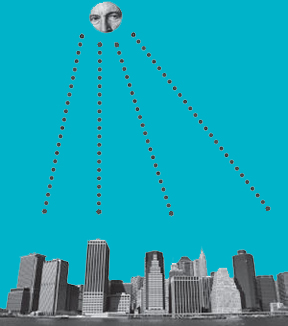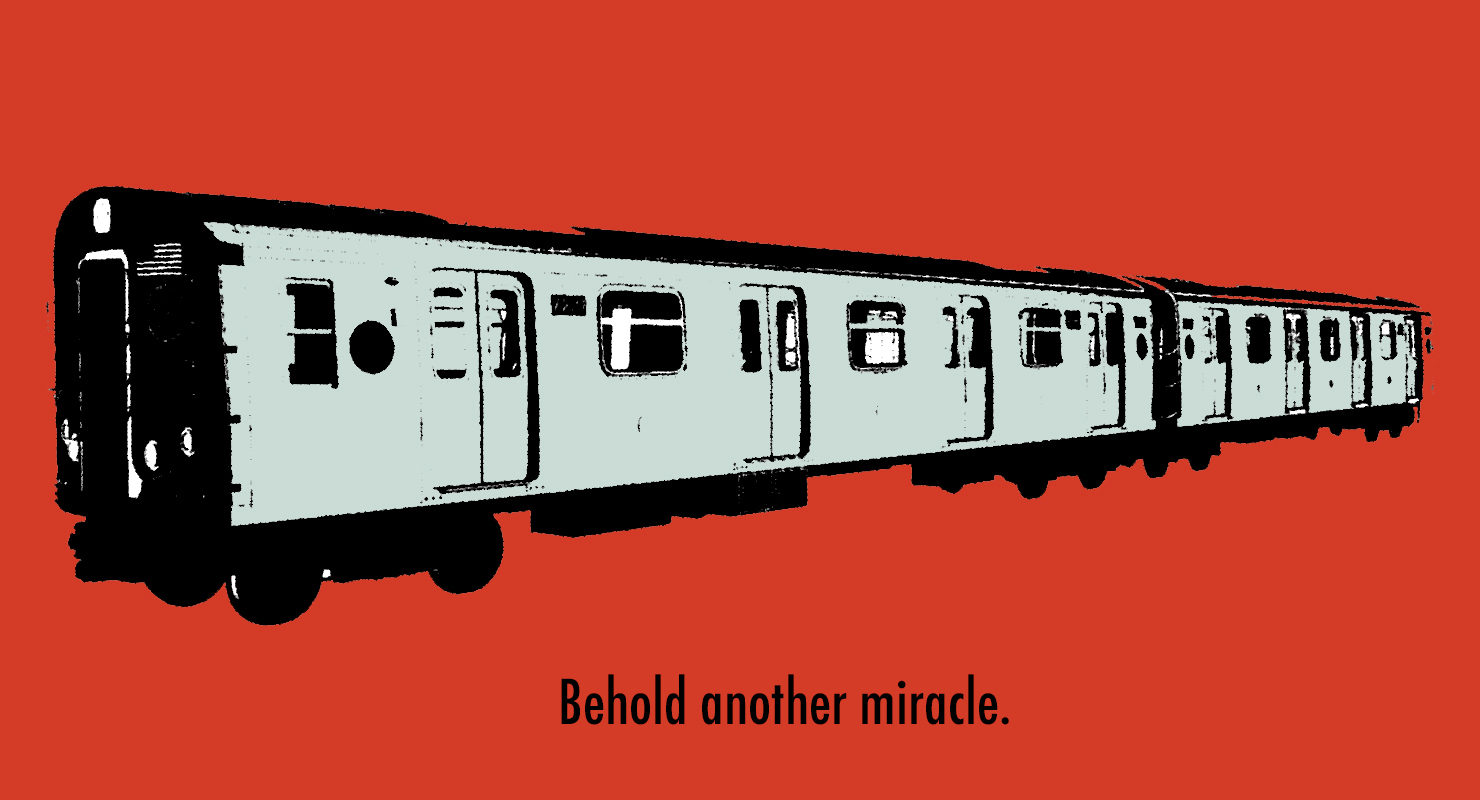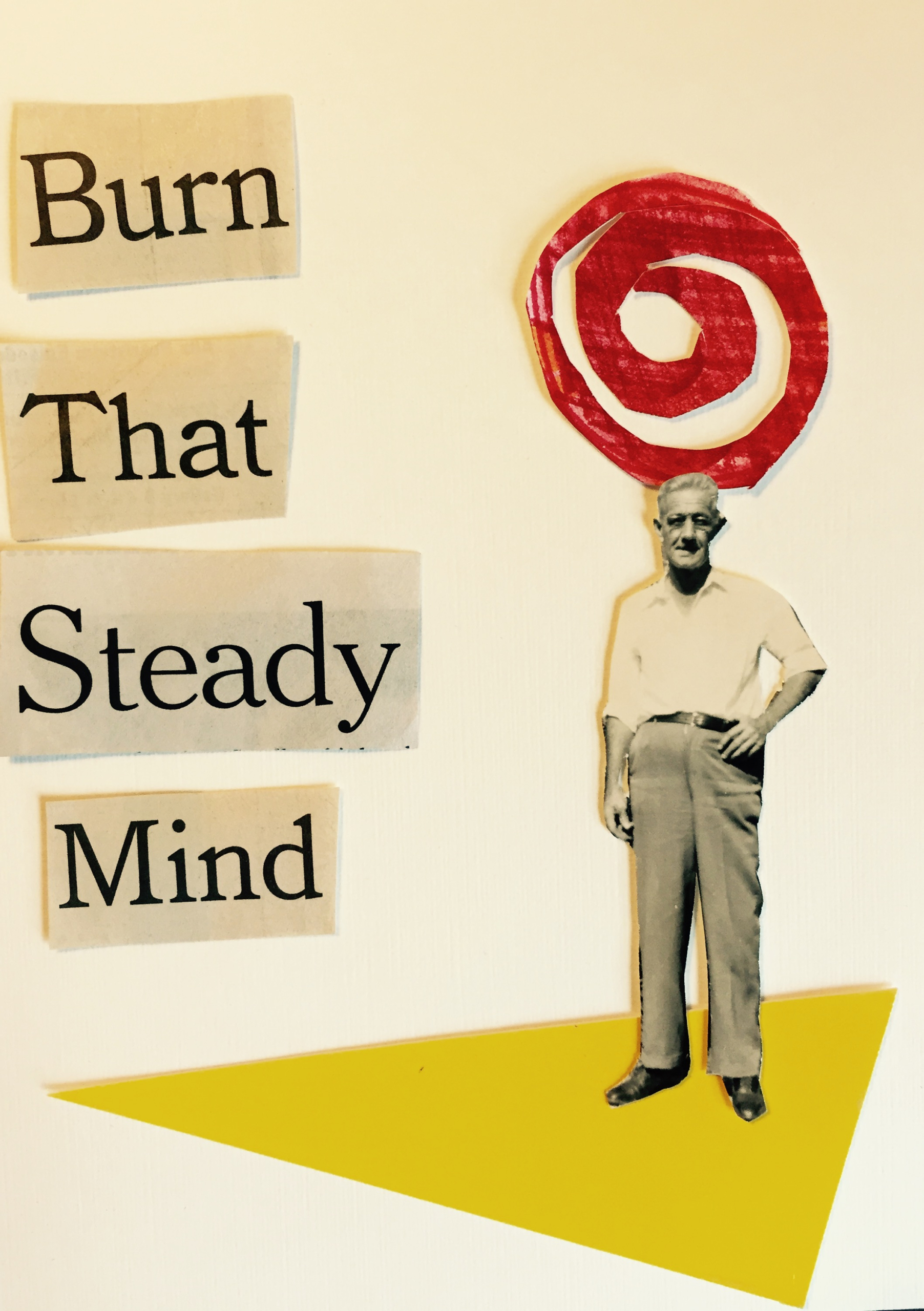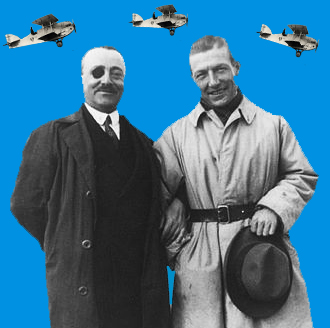
Had it with the current occupant of the Oval Office? Not feeling an affinity for the alternatives you’ve seen crowding the stage on CNN? Fear not, dear voter! For here’s a list of all 799 candidates for president, most of whom have not been given a minute of airtime on any cable network.
Take a look and see if a name grabs you. Then do a little digging. Chances are, they have an introductory video on youtube, like Santa (his legal first name), who if elected plans to sell Air Force One on eBay and make his cat the vice president. Or Mike Bickelmeyer, a former Domino’s Pizza driver and Holiday Inn bellhop who presents a humble portrait, complete with tax returns stretching back years. Then there’s Voice Over Pete, who’s running on the internet privacy and gaming platform and has it in for Mark Zuckerberg.
Surely there’s someone here that can fulfill your wish for a Commander-in-Chief. Still not enticed by a candidate’s message? Then take matters into your own hands! America is the land of the free and home of the long shot. Here are the instructions for tossing your hat into the ring.
And remember, even if you don’t reach the pinnacle of power, you’ll still be in position to accept a cabinet post by getting your name out there. But make sure you have a good working knowledge of the Constitution and ideas for how to revise the 232-year-old document to better reflect life on earth now.

Good luck, and may the most positive, uplifting, and well-mannered candidate win.
It won’t be long before we see candidates who are artificially manufactured taking the debate stage at the Fox Theater in Detroit. Will we be able to tell the difference between the cyborgs and the flesh and blood versions? Stay tuned.










